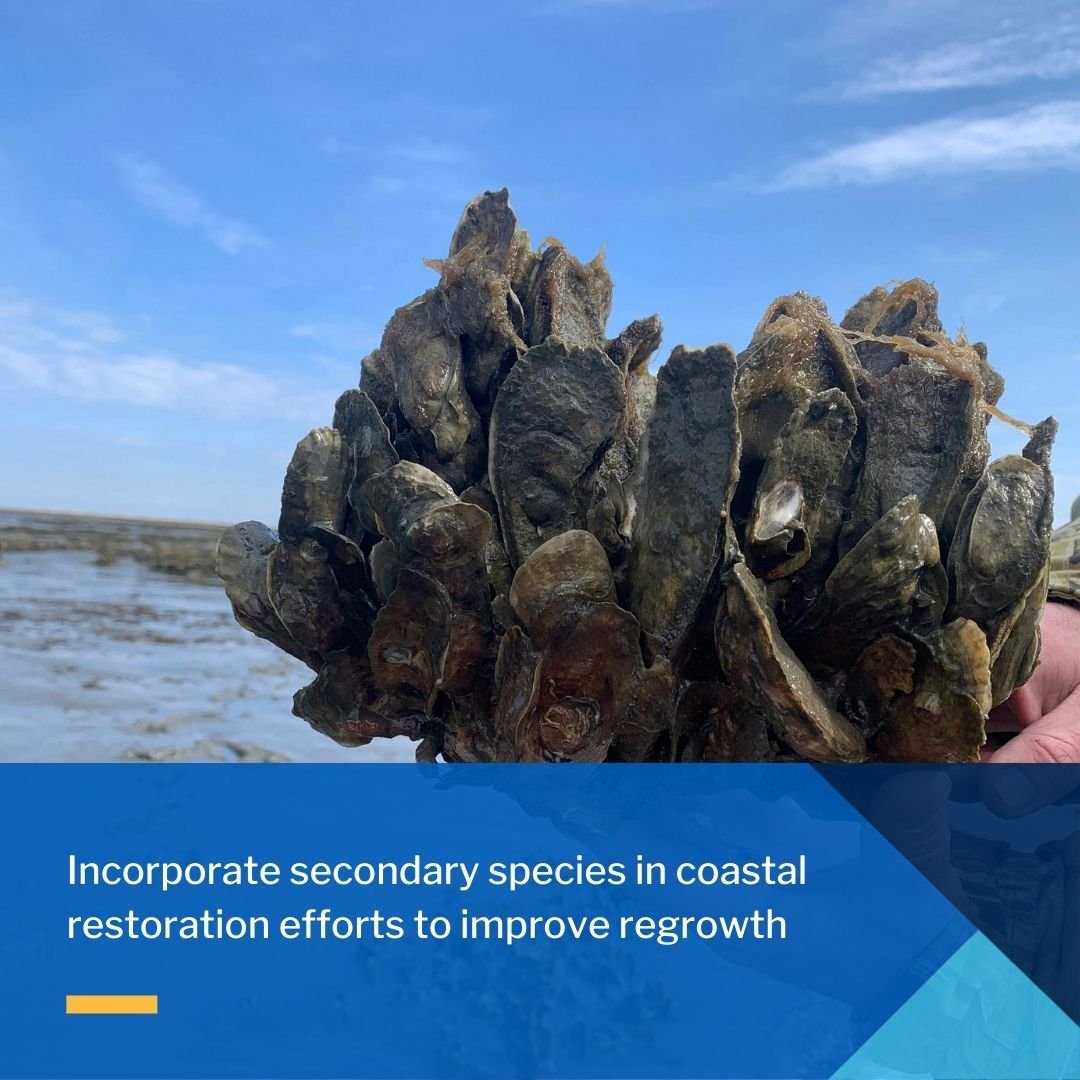My research seeks to answer two broad questions related to advancing restoration efforts:
1. Can we harness positive interactions among species to enhance restoration success and yield?
Project 1: Incorporating secondary foundation species in oyster reef, salt marsh and seagrass restoration
In collaboration with researchers at Duke University and conservation practitioners at The Nature Conservancy and The North Carolina Coastal Federation, we will test the effect of enhancing previously-restored and co-restoring with overlapping foundation species. This work will advance evidence-based approaches to ecological restoration and is funded by NSF and the Paul G. Allen Family Foundation.
For more info see press releases from:
project 2: How do Bivalves facilitate seagrass productivity and at what scales?
This work is being done in collaboration with Dr. Rachel Gittman at ECU and Dr. Joel Fodrie at UNC-Chapel Hill.
2. What social and methodological knowledge gaps exist in coastal habitat restoration?
In order to better develop restoration methodologies, we must first understand what we do and don't know. To better identify knowledge gaps, I synthesized the existing literature on restoration to determine how restoration of salt marshes, seagrasses, and oyster reefs differ in approach and effort.



